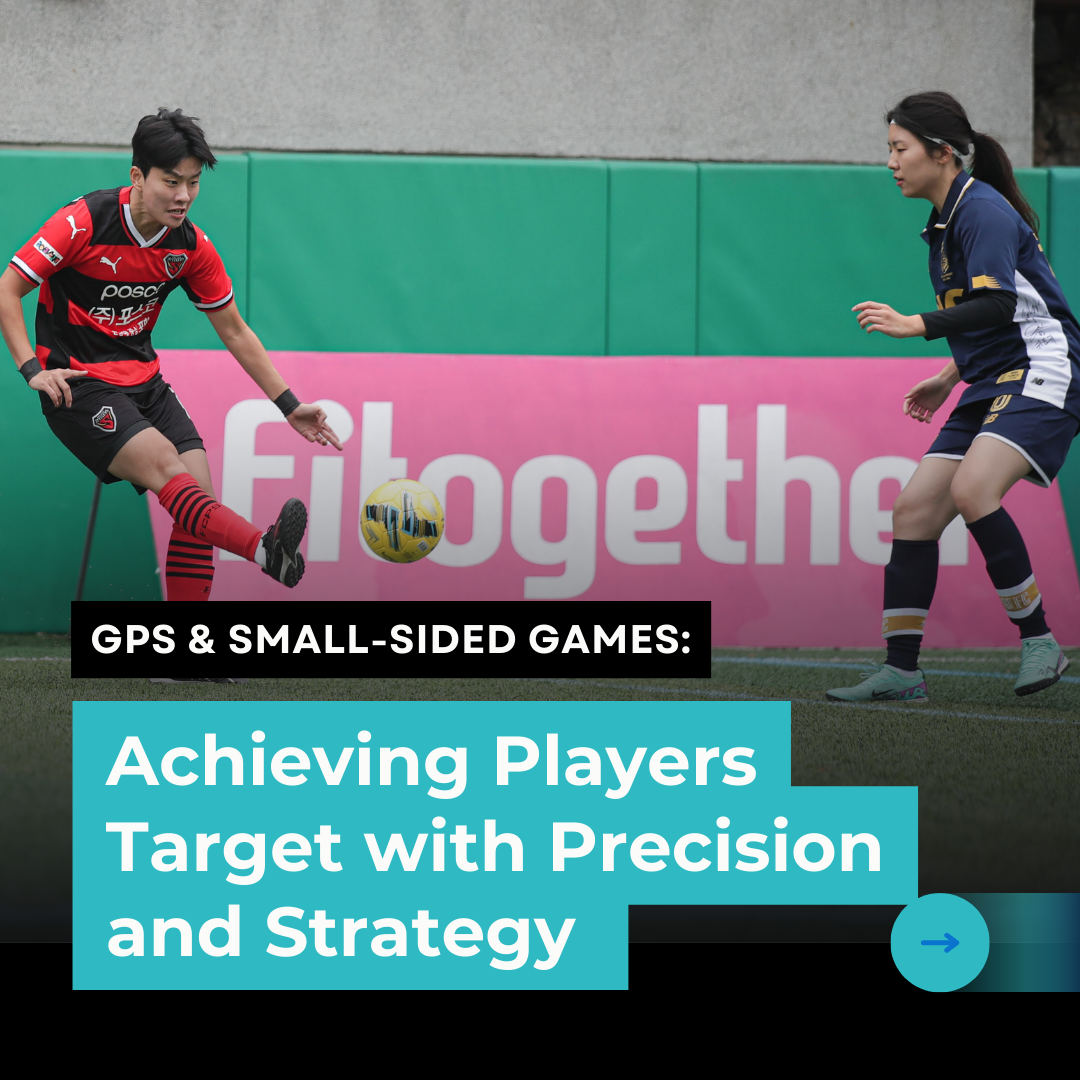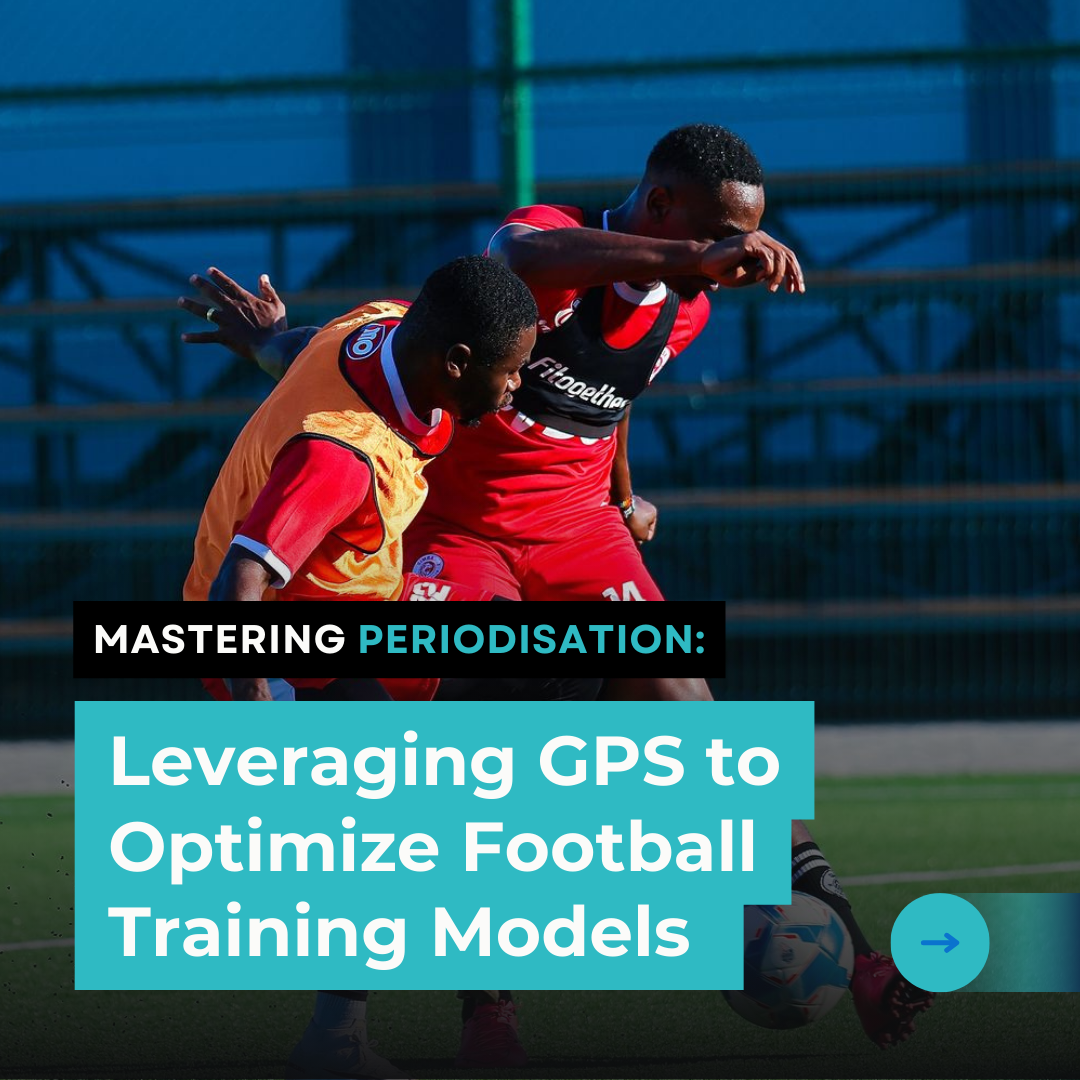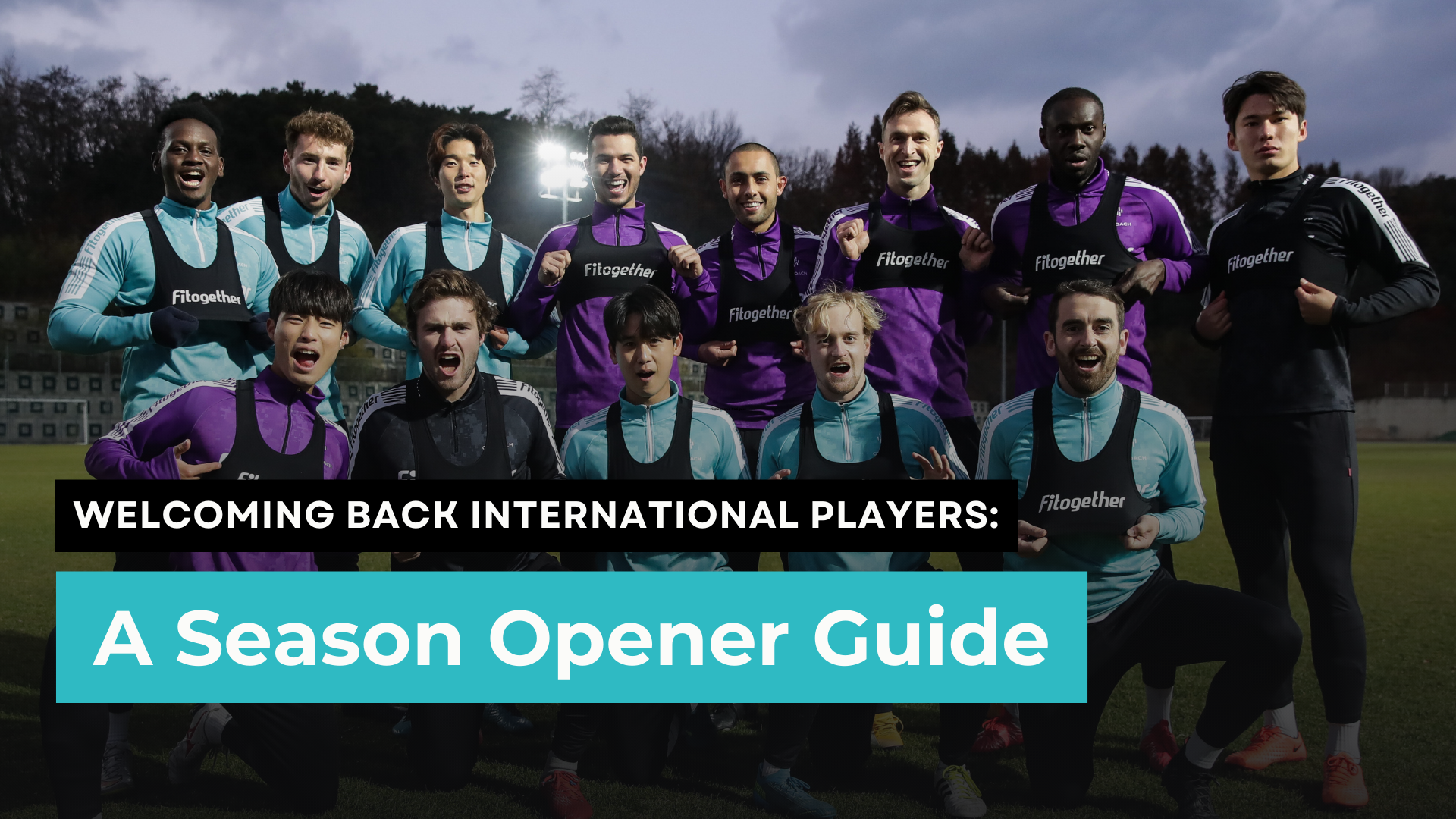
Pre-season is almost over in Europe!
You have prepared your players during the off-season with physical programs for them to complete. If you're lucky enough to have GPS units to use in the off-season, you will have continued longitudinal data and a greater understanding of the current state of your players. You have then progressed these players during pre-season, building up load, speeds, complexity in movements, kicking actions, and match minutes.
All your preparation for your players has been fundamental to the state of your group of players; however, there’s one extra consideration that comes into play...
Your international players are starting to return, and these are often some of the key players in your squad—ones the Head Coach will be looking to play in the first game of the season. You have to integrate them back into the squad as quickly as possible, ensuring they are ready and available for the first game of the season while doing so safely.
Other considerations that come into play:
1. Recovery Time
How long after they finish national team duty do they get off? Recovery is vital post-tournament to ensure they can perform at their optimum throughout the season. This ties in with the second consideration.
2. Return Timing
When do your players return following a rest period post-international duty? For example, teams knocked out in the group stage of Euro 2024 would have had three weeks off already, compared to English or Spanish players who are probably still on holiday or have just returned to the club after finishing the tournament.
The answers to these considerations will depend on the individual team, so you need to align with the Head Coach on the best approach. Sometimes you may need players back earlier than you'd prefer, but you can compensate by giving them extended time off later in the season.
Once your players return, how can you integrate them quickly and effectively?
First, assess the physical load they experienced during their recovery and international duty. It is beneficial to build a relationship with the physical coaches to obtain GPS data (even if it’s not the same system you use).
You should not make these players join in everything that the players who have been there all pre-season are doing immediately. Reintroduce them gradually with a few introductory or partial training sessions to get them accustomed to being back on the field with the ball.
Monitor these players' loads carefully, particularly their exposure to high-speed running, sprint distance, and maximum speeds. You’ll need to expedite their return to around 90-95% of their max speed since they’ll be participating in matches sooner than the other players, however, this should be a planned approach to identify a clear window of opportunity for this to be achieved safely. This is crucial because the chaotic nature of games often pushes players to hit high speeds.
Fitogether can help with having the profile of your late returning players, what their average match data is (break this down into a per minute value), what their maximum speed is, what training load they are used to in the season.
All of this information will allow you to put a plan in place to enable your players to reach appropriate levels.
Additionally, maintaining a good relationship with the coaching staff is essential for coordinating training sessions and achieving your joint goals for opening day. If you know the training schedule, you can add extra conditioning post-session if drills are not going to be too challenging or are all small area size.
An example of this is below of how a drill database can be used to predict training session volumes. We discussed about this in our previous blog, where you can use the data not only once or twice and remains valuable and reusable in the future.
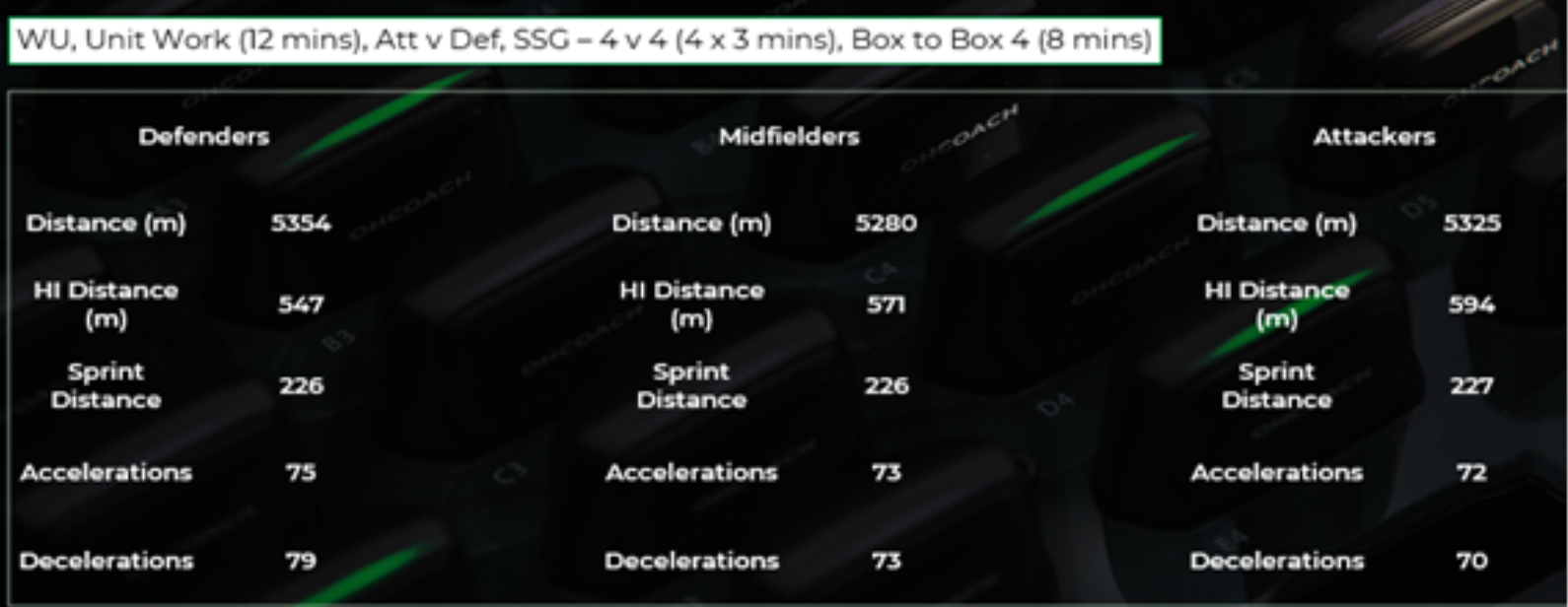
Similar to the players who started pre-season with the team, returning international players need to gain match minutes progressively to ensure they have at least one 90-minute game under their belt before the opening game. Your original players should now be up to 60-90 minutes if they have progressed through friendly games.
Exposing your international players to 60-90 minutes right away increases the risk of injury due to a lack of chronic training load. To minimize this risk, consider playing them for 30 minutes in their first game and then increasing them to 60 minutes in the next game.
Here’s an example of what to aim for: Player 1 represents the ideal scenario of a player starting from day one of pre-season, while Player 5 shows the ideal progression for international players if given the opportunity.

The week before the opening day of the season, it’s ideal for your coaches to follow their “normal training week” schedule, whatever that may be. This ensures your players are fresh for the first game. By this time, you want most of your players, especially the key ones, to have played at least one, if not two, full 90-minute matches.
One key aspect that give you the ability to be proactive rather than reactive when monitoring your full squad is using your live application. Live data allows you to track players’ volumes and intensities during sessions, enabling you to adapt if a player’s load is significantly higher or lower than planned.
If your international players are supposed to be exposed to a specific volume, live data helps you make informed decisions if they reach that volume earlier than expected. Make the most of this application; it could be the difference between your players being available or unavailable for the game.
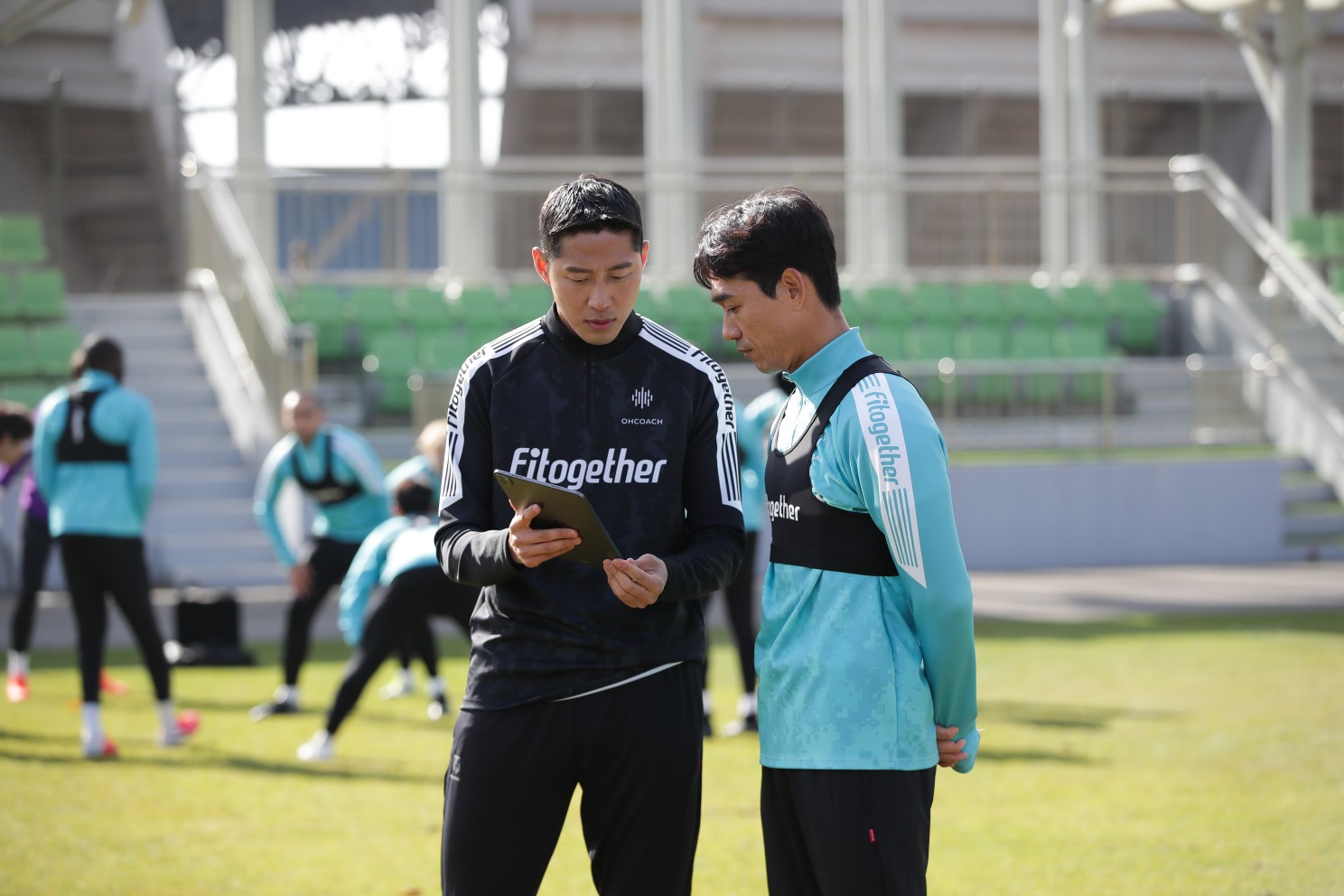
Maximise the use of your GPS system, know your players, have their player profiles ready to help provide key information to the coaching staff to ensure your players are fit, fresh, and ready to play.
Discover how Fitogether can streamline your coaching process, enhance data analysis, and optimize player performance with Fitogether!
If you haven’t started yet, don’t worry - feel free to chat with our expert to help you manage your players.
.png)
